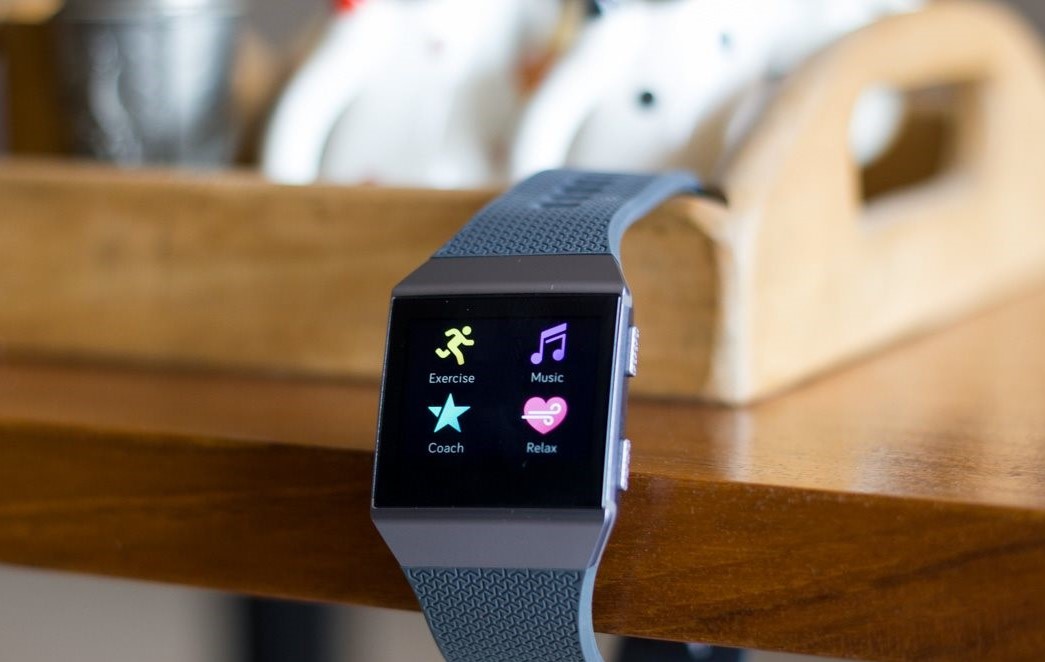Fitbit Ionic Review
The Fitbit Ionic, launched late last year and now available in India, is Fitbit’s first true smartwatch. Fitbit has been building up to this for a couple of years now. It acquired Coin in mid-2016, and then picked up the Kickstarter-famous Pebble at the end of that year. Both those acquisitions have been put to good effect: the Pebble team has helped design the new Fitbit OS, and now the company is hoping that developers will build apps. The Ionic is also Fitbit’s first product in three years to have in-built GPS, and only the second after the Flex 2 to have full waterproofing. That means you can leave your phone behind while you take a dip in the pool, and still record your exercise metrics. However, all these improvements and additions come at a cost: the Ionic is now Fitbit’s most expensive product, at Rs. 22,990.
Fitbit Ionic design and navigation
Though it has a nearly square body, the actual display on the Ionic – a 1.42-inch LCD touchscreen with a pixel density of 301ppi – is rectangular, thanks to a thick lower border that carries the Fitbit logo. The screen is slightly bigger than what you get on the Gear Sport (1.2-inch) and slightly smaller than that of the Apple Watch Series 1 (1.5/1.65-inch), but here’s the kicker: the Ionic absolutely destroys both at battery life, delivering 4-5 days as opposed to a day and a half.

The Ionic is also quite light, sitting at 47g versus 41g/50g for the Apple Watch Series 1 and 67g for the Gear Sport. We also liked this smartwatch’s edgy design, which almost fuses the main body with the included rubber strap. Once you wake the Ionic, you can swipe up from the bottom of the screen to bring up the Today app, which gives you a quick glance at the battery life, your stats, and your last three activities. If you swipe down on the main screen, you’ll get access to older notifications, including those you’ve already swiped away on your phone. Swiping right on the watch face brings you into the apps menu, with four shown on each screen.
Fitbit Ionic software and apps
Thanks to Fitbit OS on the Ionic, the Fitbit app now has more layers to it. On one hand, it’s good that Fitbit doesn’t require Ionic owners to download multiple apps on their smartphones to use all the Ionic’s features. On the other hand, the Fitbit app is still primarily designed primarily for fitness, so you now have to jump through more hoops to get to the Ionic’s settings for things like watch apps and watch faces.
The Ionic was originally shipped with the first version of Fitbit OS, but it was upgraded to v2.0 during our testing period. The update took about half an hour, so you’ll definitely want to do that when you don’t need to use the device for a while. Fitbit OS is quick and smooth, making use of distinctive colours in different sections for easy navigation.
Fitbit Ionic activity monitoring and performance
Like most fitness wearables, the Ionic is capable of tracking a wide variety of activities, including running, walking, hiking, biking, swimming, tennis, golf, weight lifting, spinning, yoga, boot camp, circuit training, kickboxing, martial arts, and Pilates. It can also work with interval workouts and equipment including elliptical trainers, stair climbers, and treadmills. Fitbit has included a stock image for every activity, and it shows up on the Ionic’s exercise selection screen, which we felt was a nice touch.
Verdict
The Fitbit Ionic is a solid first effort from Fitbit in the smartwatch segment; one that brings together a fantastic display, a stylish design, in-built GPS, waterproofing, and superb battery life in as light a package as possible. The battery lasts for over four days, which is practically unheard of in the full-featured smartwatch market. It’s especially noteworthy given that battery life is an annoyance for any device with an LCD screen. That fact single-handedly places the Fitbit Ionic in the top tier.




